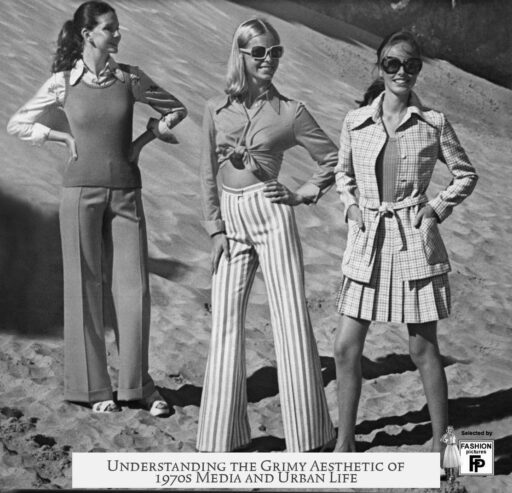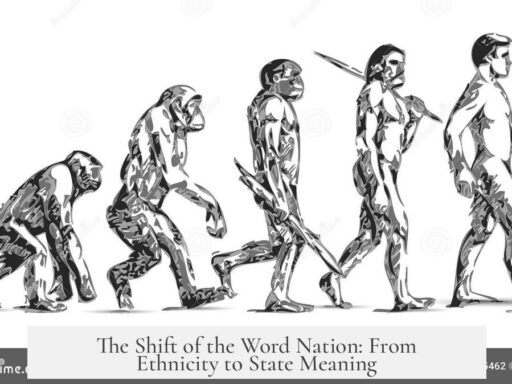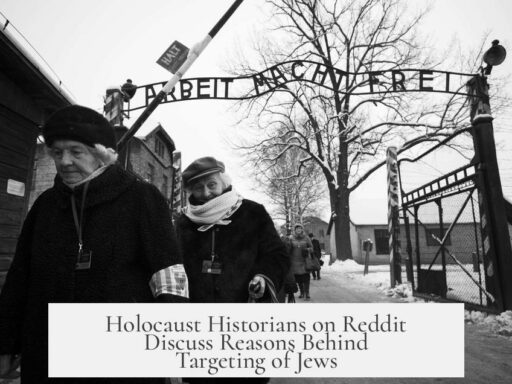The gritty, grimy look so prevalent in 1970s imagery, especially of cities like New York, largely reflects a complex mix of economic decay, social turmoil, and cultural shifts occurring at the time. These factors combined to create urban environments that looked worn down and often unsafe, spurring both anxiety and creative expression.
The mid-1970s marked a crisis point for New York City. The city nearly went bankrupt in 1975, leading to drastic budget cuts. These reductions slashed funding for essential public services, including sanitation and social welfare programs. Garbage piled up during worker strikes, and public safety suffered. Police and fire unions even issued pamphlets warning citizens about rising crime, coining the phrase “Welcome to Fear City.”
This environment provided raw material for cultural works of the era. Martin Scorsese’s Taxi Driver (1976) captures the city’s decay vividly. The film’s protagonist, Travis Bickle, is a disillusioned Vietnam veteran who navigates crime-ridden streets filled with poverty and crumbling infrastructure. His personal descent into violence mirrors the urban and social chaos around him.
- The lift of corporate profits slowed nationwide, shaking public confidence.
- Watergate scandal and the Vietnam War contributed to a sense of national malaise.
- This broader crisis influenced cultural themes of distrust, loneliness, and decline visible in many 1970s films and TV shows.
Films such as Annie Hall (1977) tackled different aspects, highlighting an existential crisis faced by younger urban generations. Even lighthearted fare like Happy Days (1974) offered nostalgic relief by idealizing a white, suburban past.
Within urban areas, disinvestment and austerity turned thriving neighborhoods into zones marked by physical degradation. Projects completed during the mid-20th century began to crumble. White flight and residential segregation accelerated urban decay, leading to bombed-out buildings and burning trash piles. This rough atmosphere gave rise to vibrant street cultures like graffiti art and the early hip hop scene, which embraced grime as a form of identity.
Politically and socially, tensions ran high. The 1970 “hard hat riot” on Wall Street showed the conflict between working-class Americans and anti-war protesters. This moment symbolized the frustrations of the so-called “silent majority,” who felt economic pressure and cultural displacement amid expanding civil rights movements.
These working-class whites often harbored resentment toward social welfare programs, seeing them as ineffective or undeserved. The influx of minority groups into cities, coinciding with job losses, heightened racial tensions and social fragmentation. TV shows like All in the Family portrayed these dynamics, mixing humor and discomfort to reveal the era’s conflicts.
Gender and class roles also became tightly linked to this era’s imagery. Films like Saturday Night Fever (1977) celebrated blue-collar masculinity, giving working-class men a symbol of pride amid chaos.
The grime of the 1970s was incorporated into cultural identity across the political spectrum. Liberals, conservatives, punk musicians, and early rappers all used this raw urban aesthetic to express their views and experiences.
However, popular media often oversimplified the decade’s reality. Focusing only on crime, mismanagement, or racial tension leaves out the diversity of people’s everyday lives. Not every block was dystopian, and many communities retained strong social bonds and joy despite hardship. Many images show dirty but livable neighborhoods where children played and people carried on.
To summarize:
- Economic crisis and budget cuts triggered urban decay and reduced public services.
- Social upheaval, including racial tension and working-class resentment, sharpened conflicts.
- Media and film reflected both the decay and the broader national malaise of the 1970s.
- Street culture emerged from grime, shaping new artistic and cultural forms.
- The “grimy” look is rooted in real conditions but often exaggerated or simplified in popular portrayals.
Thus, much of what looks “grimy” from the 1970s stems from economic hardship, political mistrust, and cultural shifts that transformed cities like New York into symbols of America’s challenges at the time.
Why Does So Much from the 1970s Look So “Grimy”?
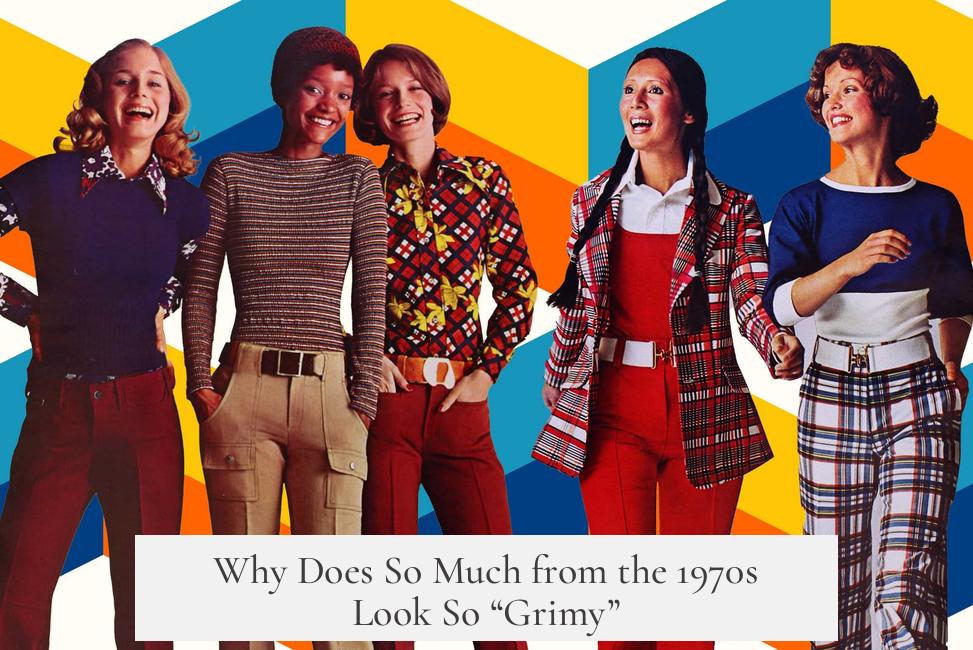
Simply put, the 1970s look “grimy” because that decade was a whirlwind of urban decay, social tensions, economic crises, and cultural upheavals that converged to give cities—especially New York—a gritty, rough-edged appearance both in reality and on screen.
But what exactly made so much from the 1970s wear the grime like a badge of honor? Let’s break it down step-by-step, diving into history, culture, and yes, a little bit of cinematic magic.
The Urban Meltdown: New York City’s Perfect Storm
Take New York City in the mid-1970s — a city that was practically the poster child for grime. By 1975, the city was teetering on bankruptcy. Budgets got slashed left and right. Social welfare programs, which usually act like a city’s safety net, were gutted. This wasn’t just an abstract economic story; it had a direct, visible impact on daily life.
Garbage piled up on the streets. Sanitation workers even stopped collecting trash during parts of the crisis. Meanwhile, police and fire unions circulated pamphlets featuring a skull with the chilling caption “Welcome to Fear City.” Imagine walking around streets where the trash mounts, crime feels omnipresent, and public safety feels uncertain. Yes, that sets the stage for “grimy.”
And if you want cinematic proof of this grim reality, look no further than Martin Scorsese’s Taxi Driver (1976). The film captures a city unraveling, seen through the eyes of Travis Bickle, a broken Vietnam vet who encounters urban rot, mistrust, and violence at every turn. It’s a bleak reflection of the times—filthy streets, social isolation, and the dark undercurrents of urban life.
Wider Malaise: The 1970s National Psyche

But grime wasn’t just a New York problem. The entire United States was in a funk. The decade rattled the country’s confidence with Watergate, the protracted Vietnam War, economic stagflation, and the slow bleeding of industrial jobs. A sense of national ambivalence and anxiety kicked in—a feeling echoed in pop culture.
Even lighter films like Annie Hall (1977) captured this existential dread in a comedic, neurotic fashion, spotlighting younger generations grappling with uncertain futures. Meanwhile, cultural nostalgia surged, yearning for an imagined “simpler” postwar time — as shown in TV shows like Happy Days or musicals like Grease.
It’s like America was looking in the mirror and wondering: “Are we still the shining city on a hill or just a mess of institutions, crises, and moral ambiguity?” This tension fed into the gritty, “grimy” aesthetic dominating film, music, and TV.
Urban Decay Meets Culture: Dirt as Identity
Beyond budget cuts, actual physical decay transformed neighborhoods. Mid-century infrastructure crumbled. “White flight” expanded residential segregation, leaving behind neglected boroughs with abandoned buildings and burning garbage heaps. This created a raw urban canvas for cultural expressions like graffiti and hip hop—movements literally born in the “grime.”
The picture is complex. The grime was as much a backdrop as it was a cultural ingredient. The streets themselves, with their peeling walls and spray-painted tags, became characters in the stories of that era. The real grit was a state of mind as much as it was physical.
Social and Political Tensions: A Powder Keg
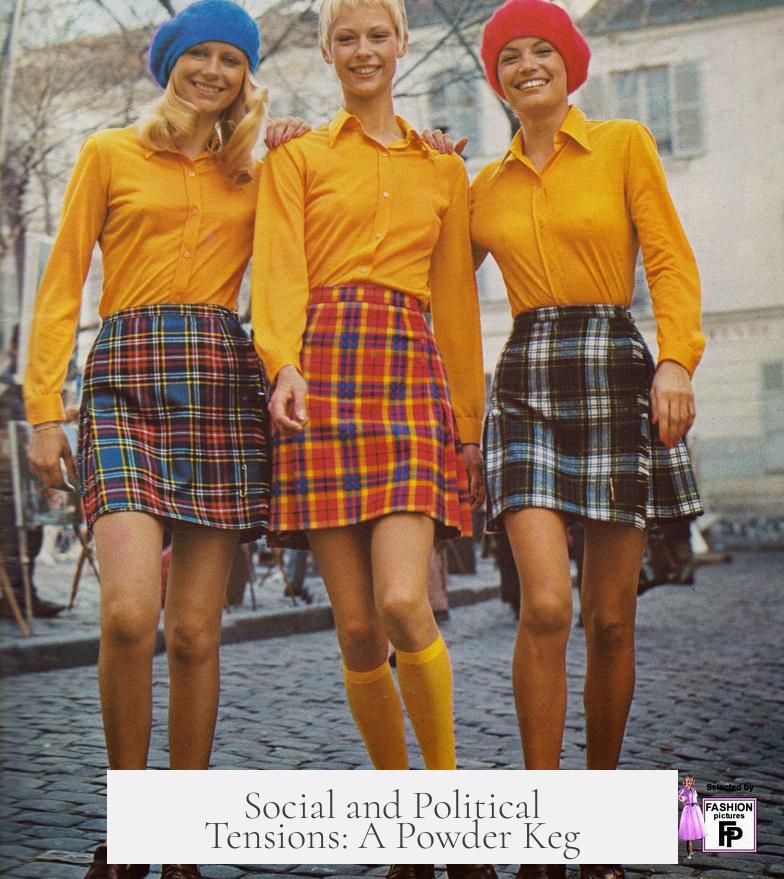
The grime also came from people. Consider the “Hard Hat Riot” of 1970: construction workers clashed with anti-war student protesters. These “silent majority” workers were part of a broader working-class white demographic who felt squeezed economically and culturally. They viewed the growing influence of protests, feminism, and gay rights movements with suspicion or hostility.
At the same time, the inflow of Black and Puerto Rican populations into cities combined with worsening job markets to heighten racial and economic tensions. Shows like All in the Family didn’t shy away from exploring these clashes, especially through the famous character Archie Bunker. This intersection of race, class, and identity added layers of grime to American life.
Interestingly, this was also when blue-collar masculinity became a kind of cultural ideal. Films like Saturday Night Fever (1977) celebrated working-class pride amidst the dirt. Whether on the right or left of the political spectrum, many embraced the grime as authentic—punk rockers, rappers, and conservatives alike.
Media Simplifications and the Reality Beyond the Grit
It’s tempting to blame the grime on one villain — “mismanagement,” “crime,” or “racial tension.” But reality is nuanced. True, the 70s had rough neighborhoods and high crime. But it wasn’t all burning garbage and fear. Many New Yorkers lived “slightly dirty but otherwise fine” lives, with kids playing in parks and communities thriving in pockets.
The media’s focus on griminess sometimes obscured everyday moments of resilience and joy. The city wasn’t just decaying—it was struggling to remake itself. The iconic “grime” look is a powerful image, but it can oversimplify a diverse reality.
So, Why Does the 1970s Look So Grimy?
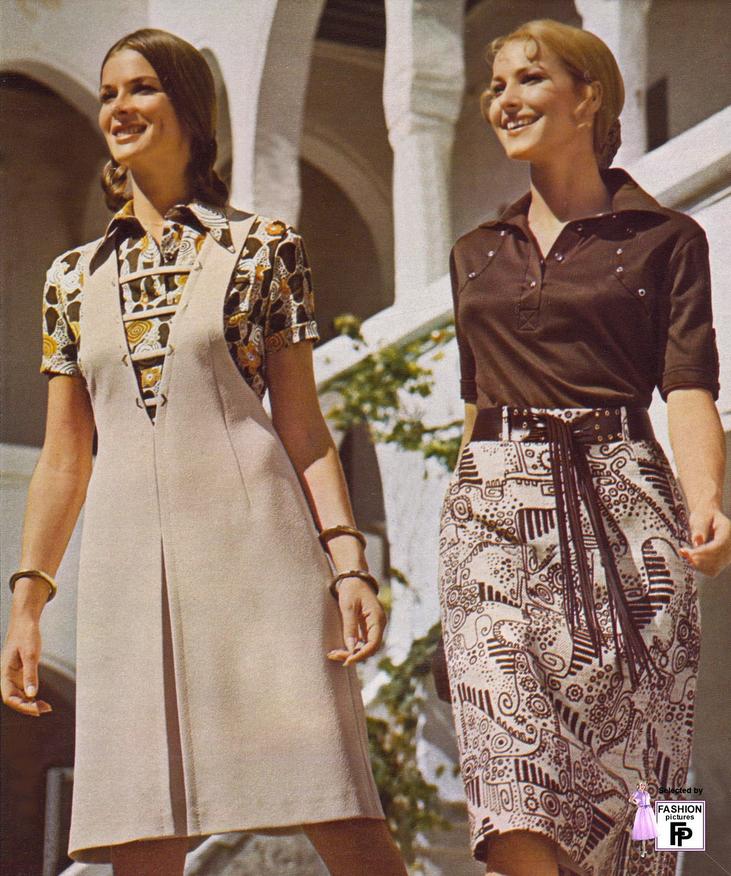
Because the decade was a confluence of budget and infrastructure crises, societal fractures, economic woes, and cultural rebellion. The physical dirt and urban decay mirrored a deeper mental state of uncertainty, tension, and transformation. From the streets of New York to nationwide sentiment, grime was both literal trash piling up and symbolic erosion of confidence.
But you might ask—why do we still find this grime fascinating? Perhaps it’s because it’s *real*. It shows an America stripped down, no sugar coating. The grime tells a complex story of survival, identity, conflict, and change. And that makes the 1970s not just dusty but *unforgettable*.
Quick Tips to Spot the 70s Grime in Media
- Look for abandoned or crumbling buildings in urban scenes.
- Watch for garbage piling on city streets or subways.
- Notice the way characters express frustration, alienation, or economic hardship.
- Spot the cultural clashes—generational, racial, or class-based tensions.
- Observe the blend of cultural nostalgia with edgy, rebellious art like graffiti or punk music.
In short, the grime is not just dirt; it is history written in chipped paint and cracked sidewalks.
Why does 1970s New York City look especially grimy in photos and films?
Budget cuts led to reduced garbage collection and strained city services. Urban decay and rising poverty added to the scene. Films like *Taxi Driver* captured this tough, gritty reality.
How did national events influence the grimy look of the 1970s?
Events like Watergate, the Vietnam War, and economic downturn shook public confidence. This created a mood of malaise and decline reflected in culture and urban visuals.
What role did social tensions play in the grime aesthetic?
Economic struggles stirred resentment in working-class communities. Racial and political conflicts added to social stress, influencing media and street culture visuals.
Was the grime in 1970s media just an exaggeration?
Media often simplified complex issues, but the grimy images were based on real problems like disinvestment and social unrest. Not all areas or moments were dire, though.
How did cultural movements respond to the grime and decay?
Groups like punks and early hip hop artists embraced the raw urban environment, turning grime into a symbol of authenticity and creative energy.
